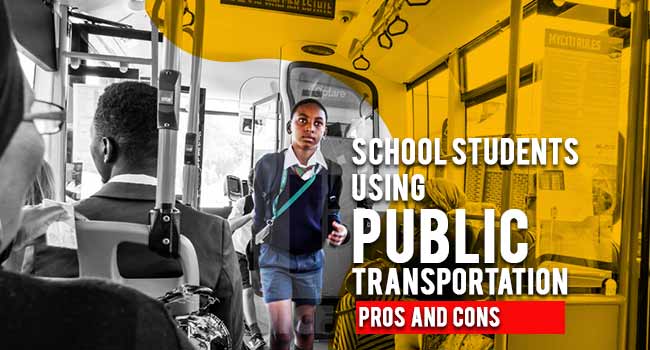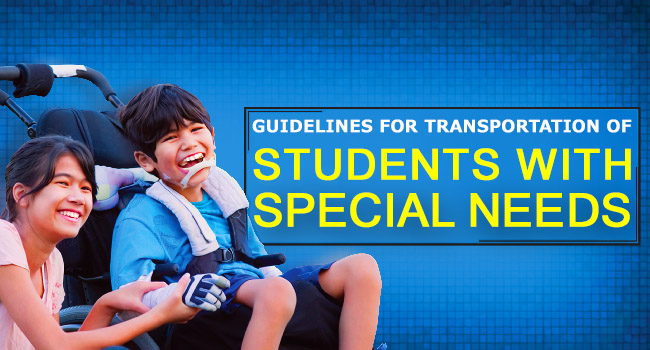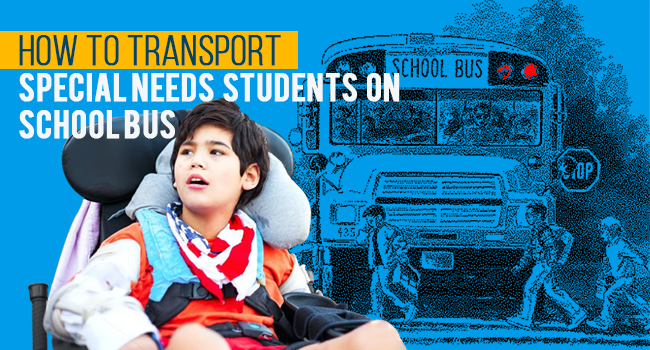Not only teachers, school bus drivers also provide gifts for students in their bus, when they return back to school after or before vacation or in any special occasion or even during their retirement.
However, choosing the right gifts to express appreciation for them can be a huge challenge mainly due to high prices. Often, drivers cannot afford costly gifts that too for all the students in the bus.
Read Also: 8 Gifts Ideas For School Bus Drivers
Here are some inexpensive gift ideas to surprise students
1. Crayons

Crayons are perfect options that add charm to a driver’s gift. Your gift will be really great for those young artists, as they can use the most vibrant colors in their little hands to expose their talent.
Often this set comes in a convenient package and also includes a crayon sharpener. You can also make crayons from old and broken ones, that too in any shape you prefer which will really write younger students
2. Water bottles – personalized

Students will love such aluminum, steel or plastic water bottles that are personalized. Along with keeping students hydrated, they will be pleasant to see their names written in it, while coloring you can use sharpies or even colored stick-on letters to decorate these cost effective bottles.
3. Play dough

Play dough is a valuable gift, as it offers a variety of educational opportunities for kids in classroom as well as home. It can improve motor skills and can also release stress.
With play dough, it is also easy to teach all math shapes and concepts. You can even make the dough at home with an easy recipe and present it to students. Making play dough is easy using flour, salt, water, vegetable oil as well as food coloring.
4. Painted rocks

This is an easy to make gift. Just collect flat smooth rocks from outside and then paint them well with attractive colors and designs that kids like. These designs will also provide the best rock painting ideas for kids.
Read Also: How Much Do School Bus Drivers Make
Make sure to clean and dry the rocks before painting the rocks. Magical markers can also be used instead of paint. Types of rocks you can choose for painting include sedimentary, igneous or metamorphic.
5. Game boards

This game board can provide happy memories for kids with their family and friends during weekends and vacation. Such a game can also build solid relationships between students in classroom. This provides them training to come out of challenges and win the situation.
You can also design your own board games that can even serve as an educational tool. For instance, creating math games help kids to improve their knowledge in math facts as well as concepts in new ways and environments.
6. Stamped pencils

These are less expensive gifts for students, which they will be using for a long time. Not only names, you can also write up some sweet or inspirational messages or phrases in such pencils. Hexagon shape pencil sets provide space to stamp either student’s name or any quotes.
These pencils can be made easily at home, for which you require only a few items such as metal stamp set, metal heart stamp, small hammer, pencils and small stamp pad. Let them add this gift to their pencil cases.
7. Punch balloons

Sure, kids will like this lovely gift. These balloons are ideal for indoor as well as outdoor fun and events.
Available in different sizes and colors, these balloons that are good for punching and bouncing also keeps children active as well as entertained. It is better to let the children blow them or at the end of the day in class.
8. Elf hats

If it is Christmas occasion, elf hats are perfect gifts for kids. These elf hats will take students to a holiday season. It is also easy to make these easy to wear as well as comfortable hats at home.
Read Also: Why School Bus Drivers Deserve Our Respect
Also the key items required for this craft such as glue, stapler, cotton ball, construction paper, scissors and a pen will often be available at home.
Hope these ideas help you buy wonderful gift for students without breaking your savings.





